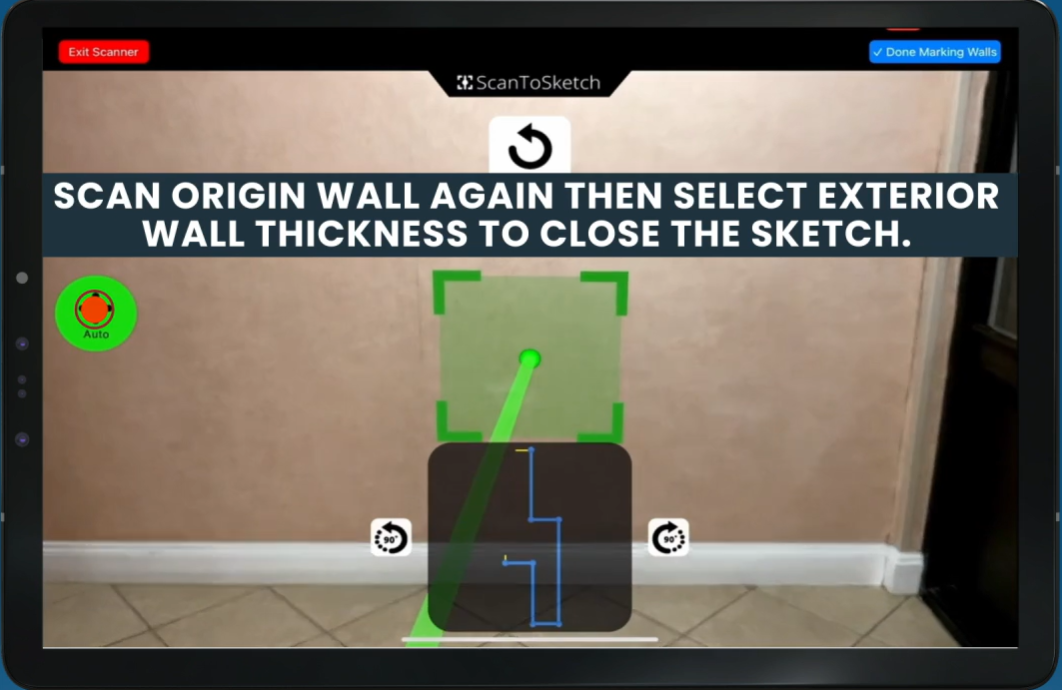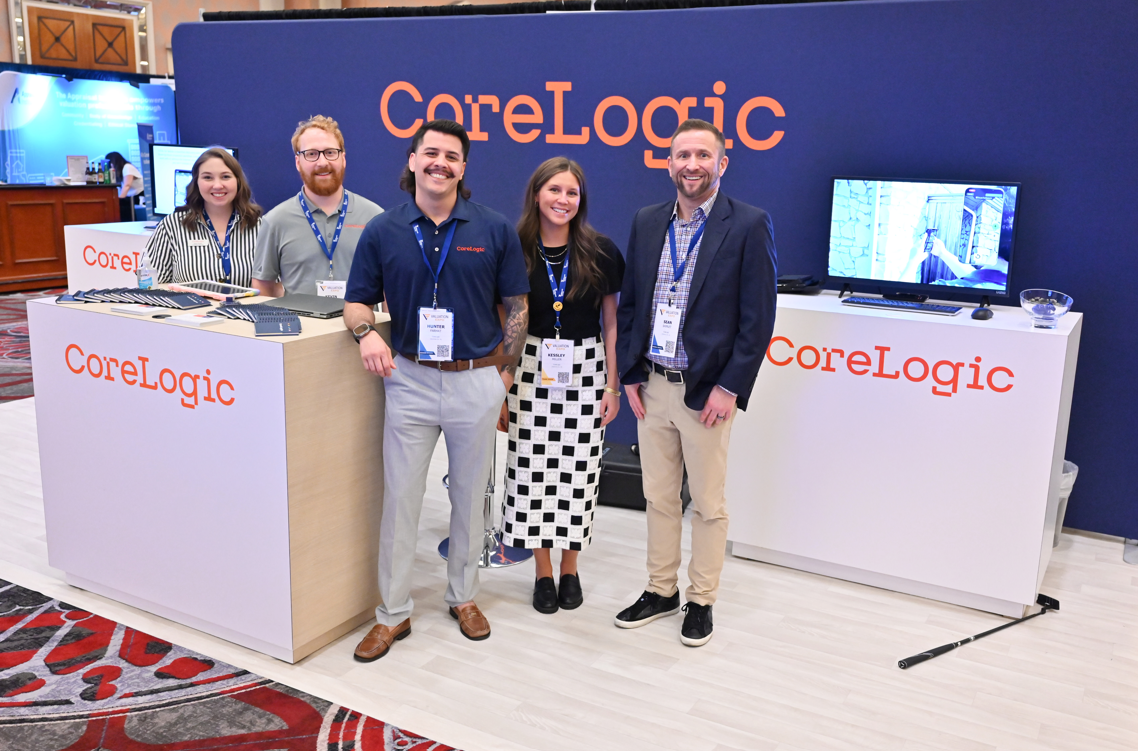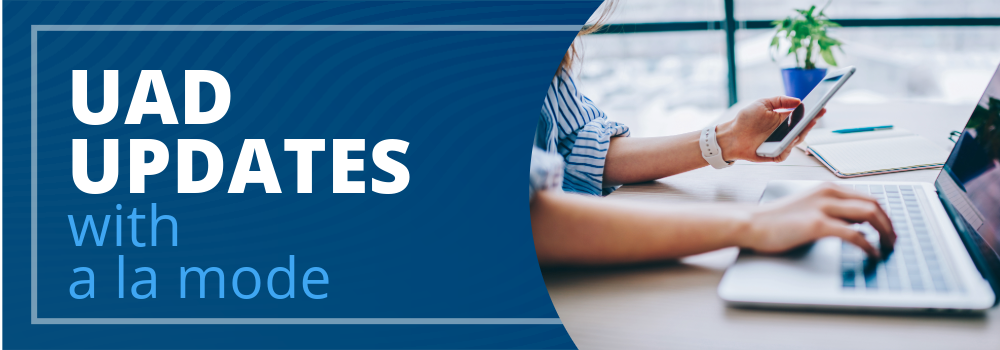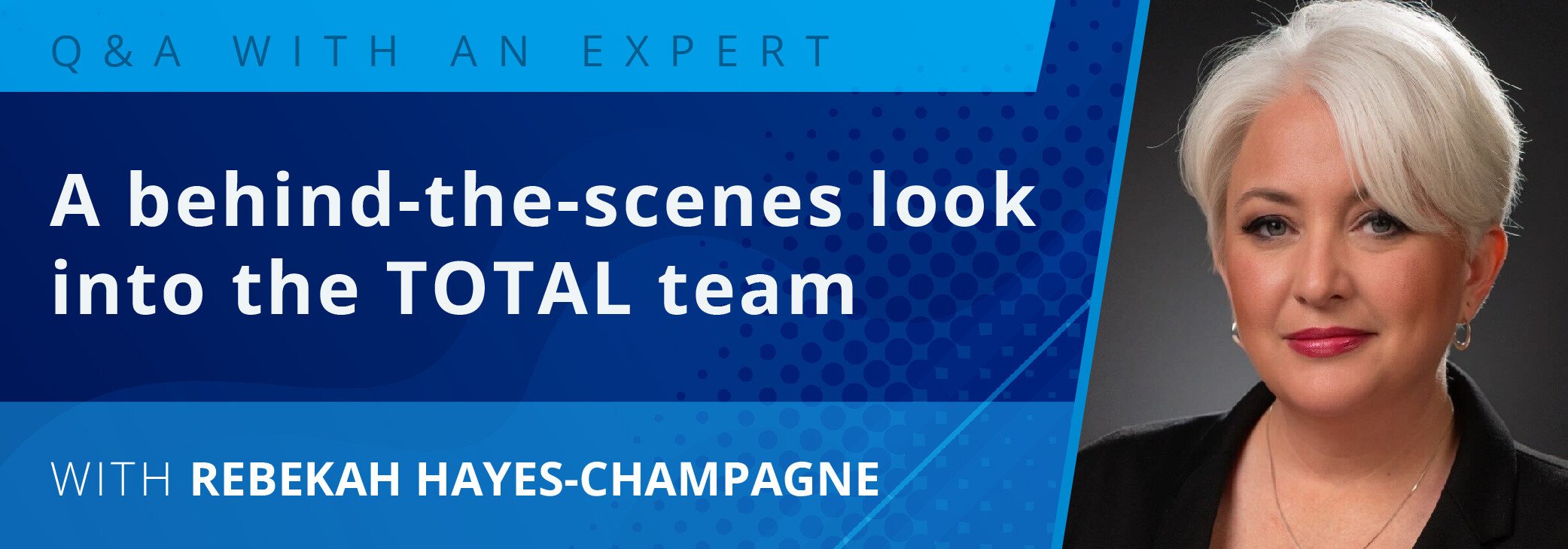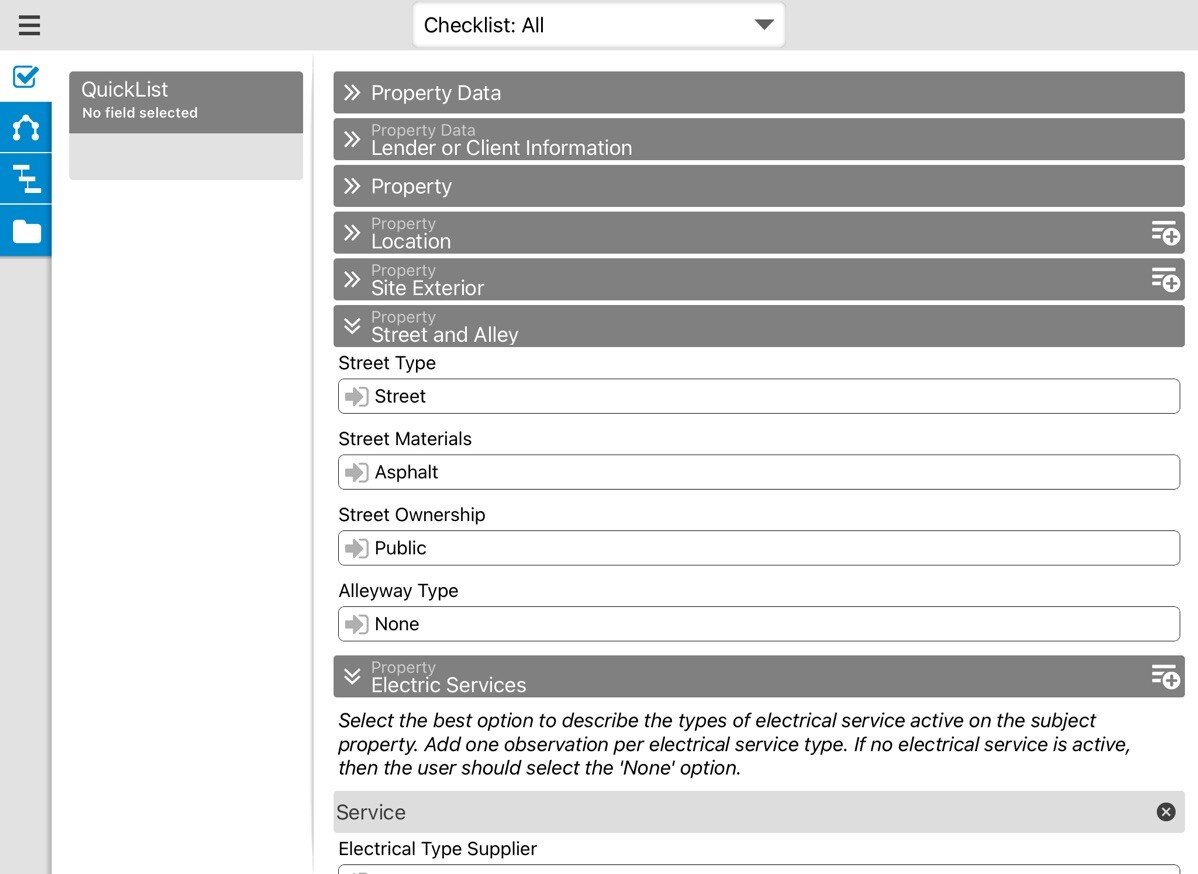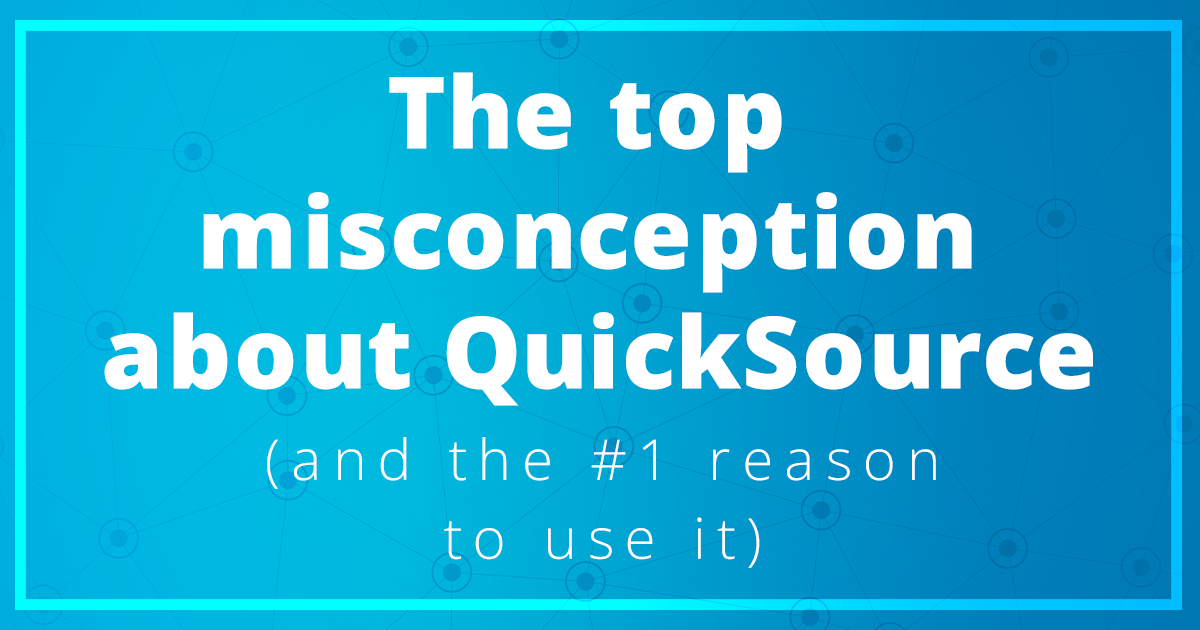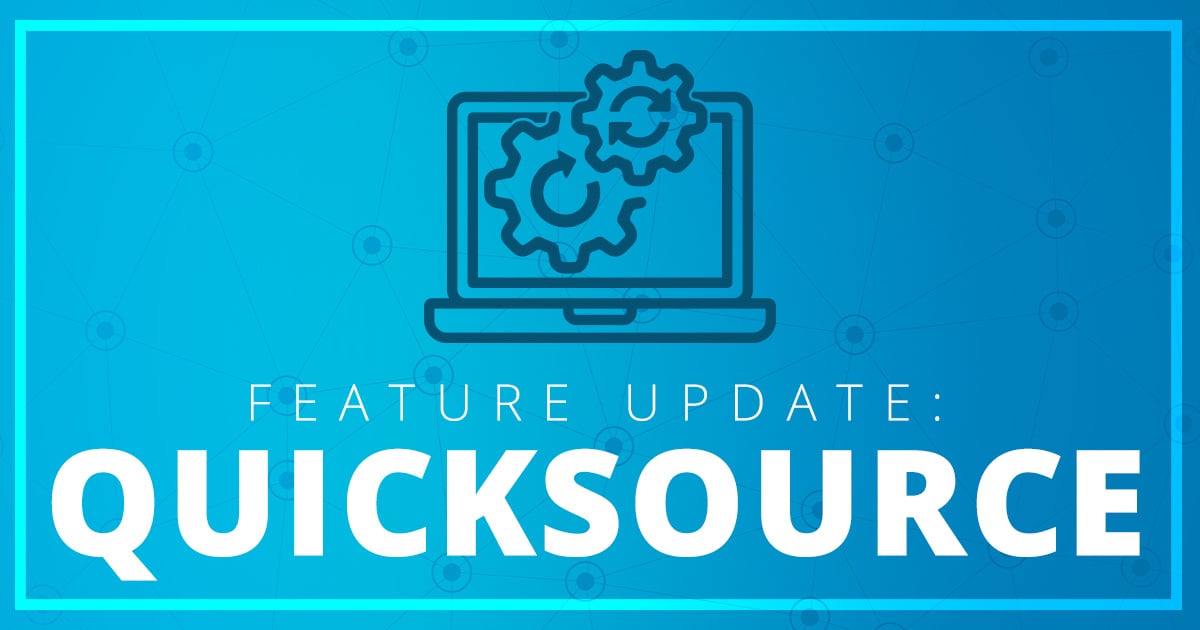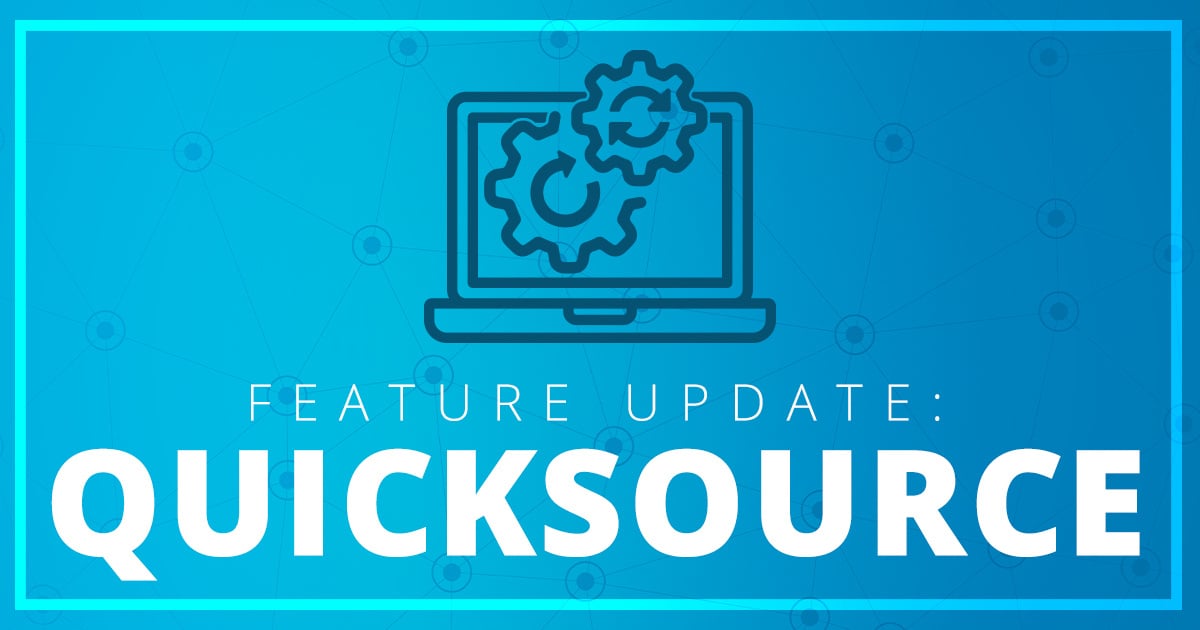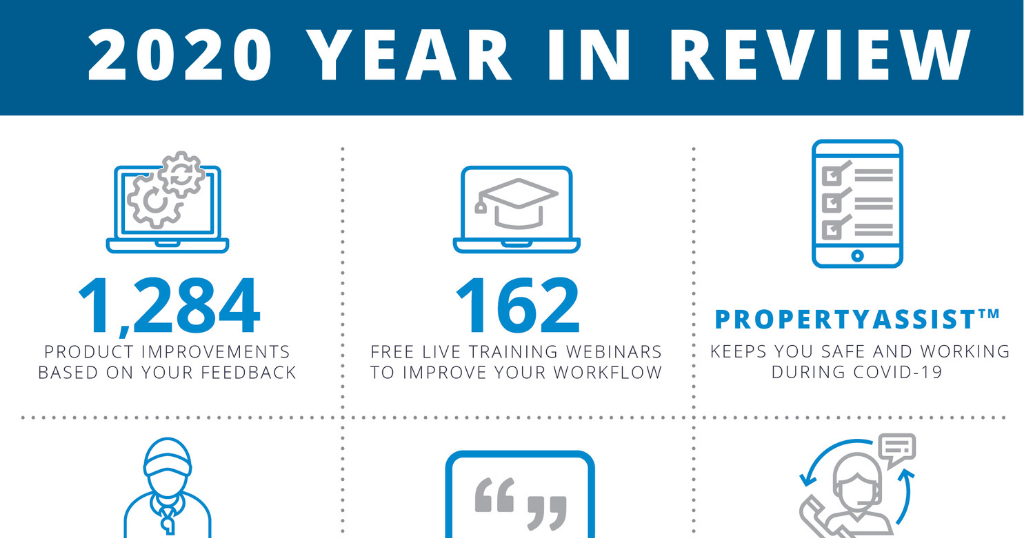Standard & Poor's, the ratings agency which regularly tests the viability of Automated Valuation Models (AVMs) as a substitute for full appraisals "at the time of origination" as part of its ratings of Residential Mortgage Backed Securities (RMBS) for investors, recently had this (and only this) to say under the heading of "The Future of AVMs":
"With the rise in scrutiny of loan originations by bank and thrift regulators, appraisals are being targeted. Focus is being placed on the valuation process. Regulators are looking for the key elements of independence and credit decision support rather than 'how much paper is in a file.' The partition between the loan officer/loan production and appraisal ordering process is key. Accordingly, Standard & Poor's includes the review of this process during the on-site reviews of new issuers. This review, along with the AVM system review process, has become integral to the overall credit risk analysis of residential mortgage portfolios by Standard & Poor's." [emphasis added]
This struck us as a curious way to sum up the "future of AVMs" in a comprehensive report on the adoption and success of AVMs in first lien transactions. After detailed testing of various AVMs and different types of automated valuation, we were expecting "the future of AVMs" to be predicted to be "greater adoption as lender familiarity with methodology increases" or "continued slow adoption as mortgage technology investment wanes" or somesuch.
Instead, we think S&P nailed it head on: Investors don't care one bit about how long it took to get the valuation on the property the RMBS backs, they care if it's accurate in proportion to the probability of default on the loan. As the passage quoted above suggests, it's more important to the investment community – and the same concerns will be shared by the secondary market, including Fannie Mae and Freddie Mac – that there be "independence" in the appraisal process and credible credit decisioning.
AVM advocates have long hung their hats on the fact that lenders can't pressure an AVM. What they can do, of course, as noted by Fitch Ratings, a competitor to S&P, is cherry-pick different AVMs, which often have wildly different results, until they find the highest value. That's hardly "independent." What S&P is saying is that whether this or that AVM works or not, investors need to be sure that the valuation method that was used in the particular transaction was unadulterated by someone with a commission stake in the deal closing.
So S&P evaluated 13 AVMs. If one is found to be more accurate than the rest, how does an investor know that that's the one that was used in the particular transaction? The "future of AVMs," it seems to us (and evidently to S&P), lies in whether investors and secondary market players can be sure the valuation was objective and uninfluenced by a commissioned broker or loan officer. Competing AVMs have a hard row to hoe to make it to the point where a mortgage backed by an AVM will be acceptable to an investor over one backed by a full appraisal, for just that reason.
Appraisers are people, trained and educated on professional methods and ethics. It doesn't take a few mouse clicks to pressure an appraiser into reaching a desired value. The cost of appraiser pressure is significantly higher than the cost of trying different AVMs with different parameters until a desired value is "hit."
S&P is also correct to note that credit decision support is just as important, because it speaks to the likelihood of default in the first place. Where there is investor (or underwriter) concern about the creditworthiness of borrowers, they will always, 100 percent of the time, prefer full appraisals to AVMs.
S&P reported that "approximately nine percent of the first lien transactions rated by Standard & Poor's during the past year contained properties valued by AVMs," which it characterized as a symptom of an overall reluctance on the part of the mortgage industry to adopt new technology.
"These slow inroads into the first lien market are not seen in the second lien market," the report continued, "where approximately 94 percent of transactions rated by Standard & Poor's used AVMs. The historical use of AVMs in the second lien market has always been acceptable where assumed losses (or write-offs) are taken on defaulted loans, irrespective of valuation method."
When a certain write-off factor is built into the pricing, as in second liens, valuation method doesn't matter, so 94 percent of those transactions rely on AVMs. Where creditworthiness is a concern, as S&P correctly said is the case in first mortgages, not even 10 percent of loans rely solely on an AVM.
With "subprime" and "Alt-A" lending hitting an all-time high, and with Americans more debt ridden and less likely to pay their bills – see our article on that subject – the market for AVMs in first liens isn't growing, it's shrinking.
It's true that AVMs can improve over time (they face sometimes insurmountable problems of data age and availability, but that's another matter) to the point where lenders are more "comfortable" relying on them. But: As long as lenders can "cherry pick" AVMs till they get a value they like, all 13 AVMs tested will have to reach that point for investors (and underwriters) to be comfortable relying on them.
With appraisers improving their turn times every day using online and mobile tools, real-time statusing, better data gathering and secure delivery of work product, the primary attractiveness of AVMs – speed – is declining along with Americans' creditworthiness. We agree with what Standard & Poor's seems to be saying about the future of AVMs in the first mortgage market: They're likely to improve, but likely not to be as attractive to investors, secondary market players or underwriters.


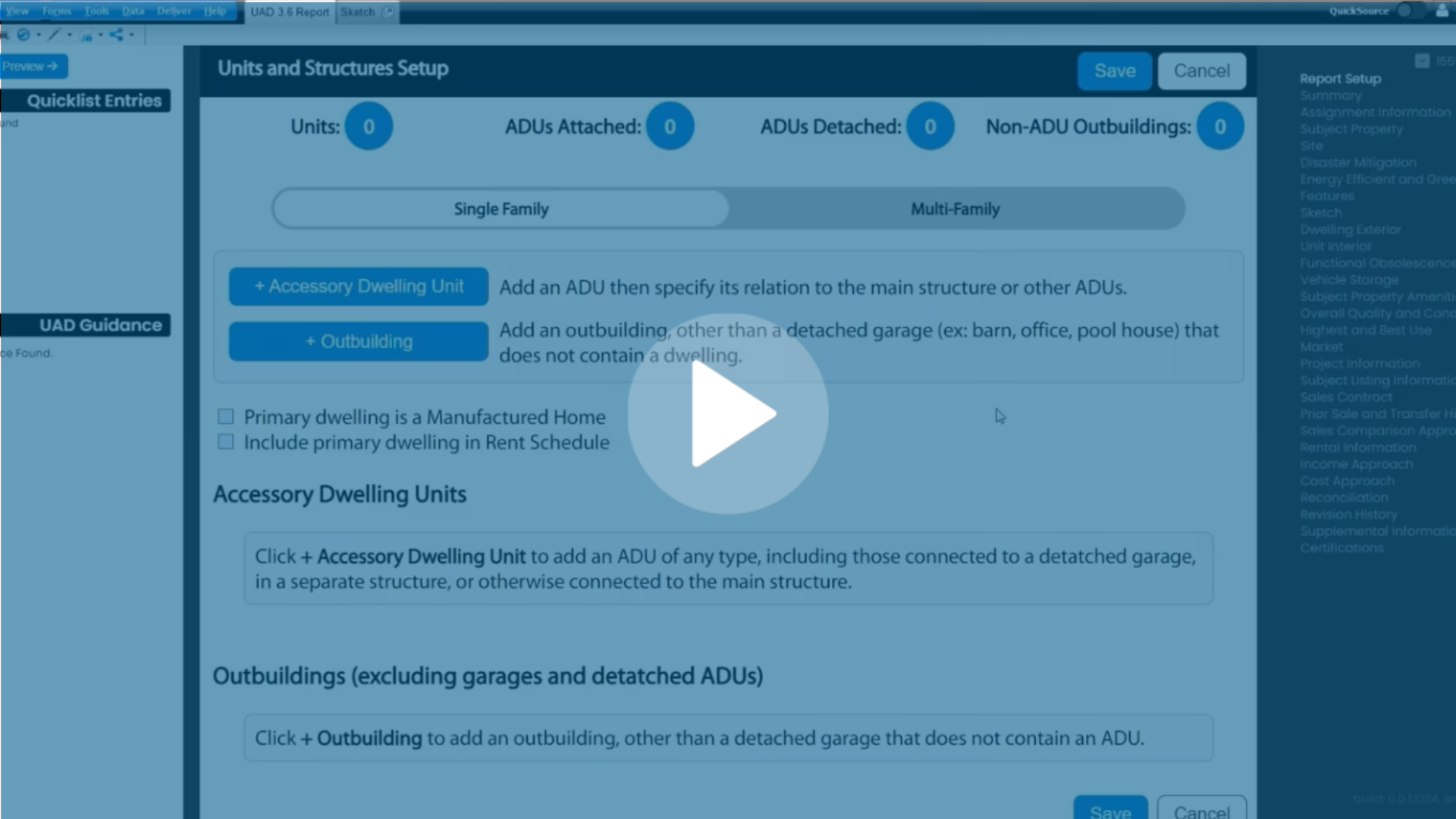
.png)

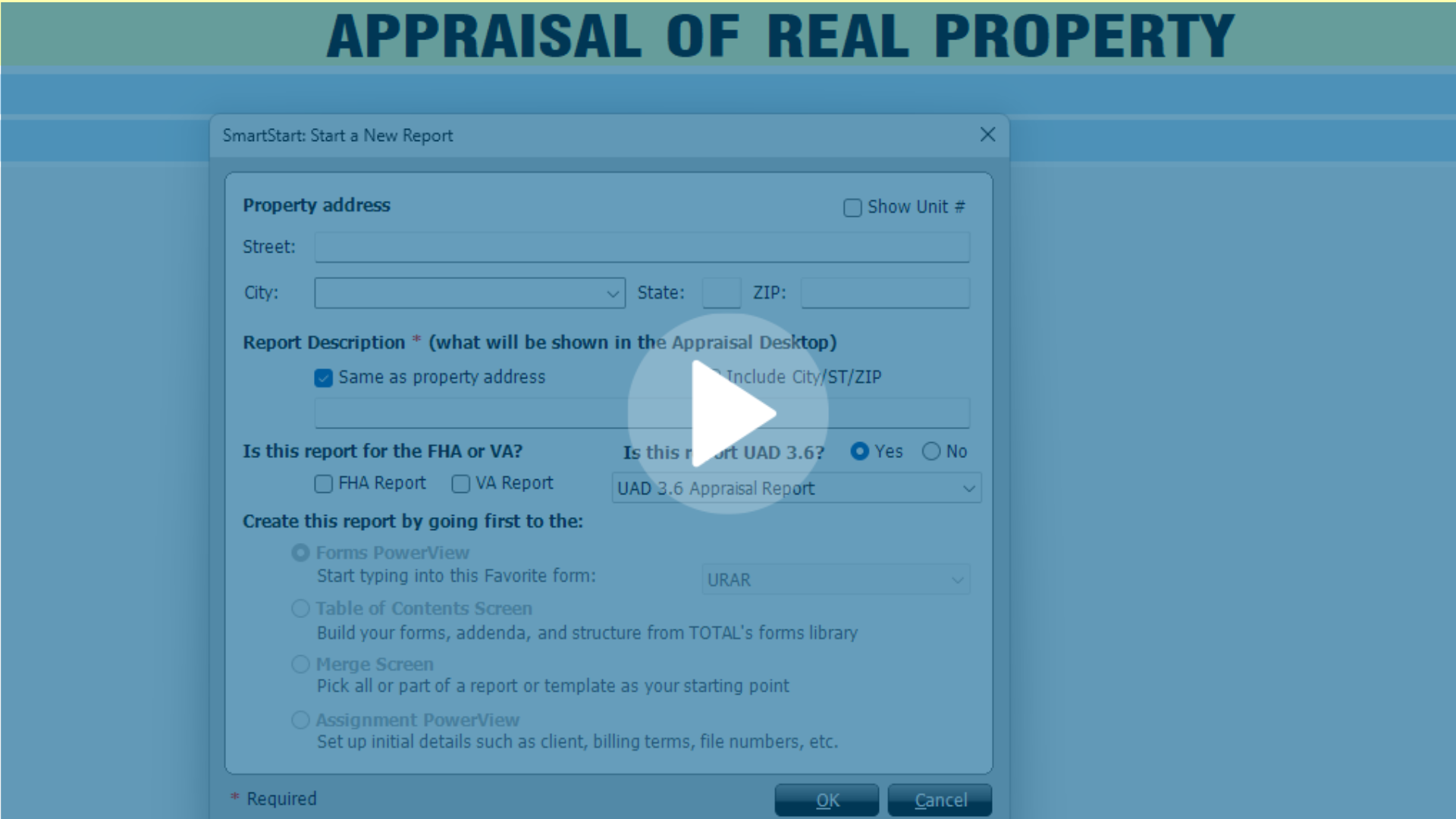


.png)
-1.png)
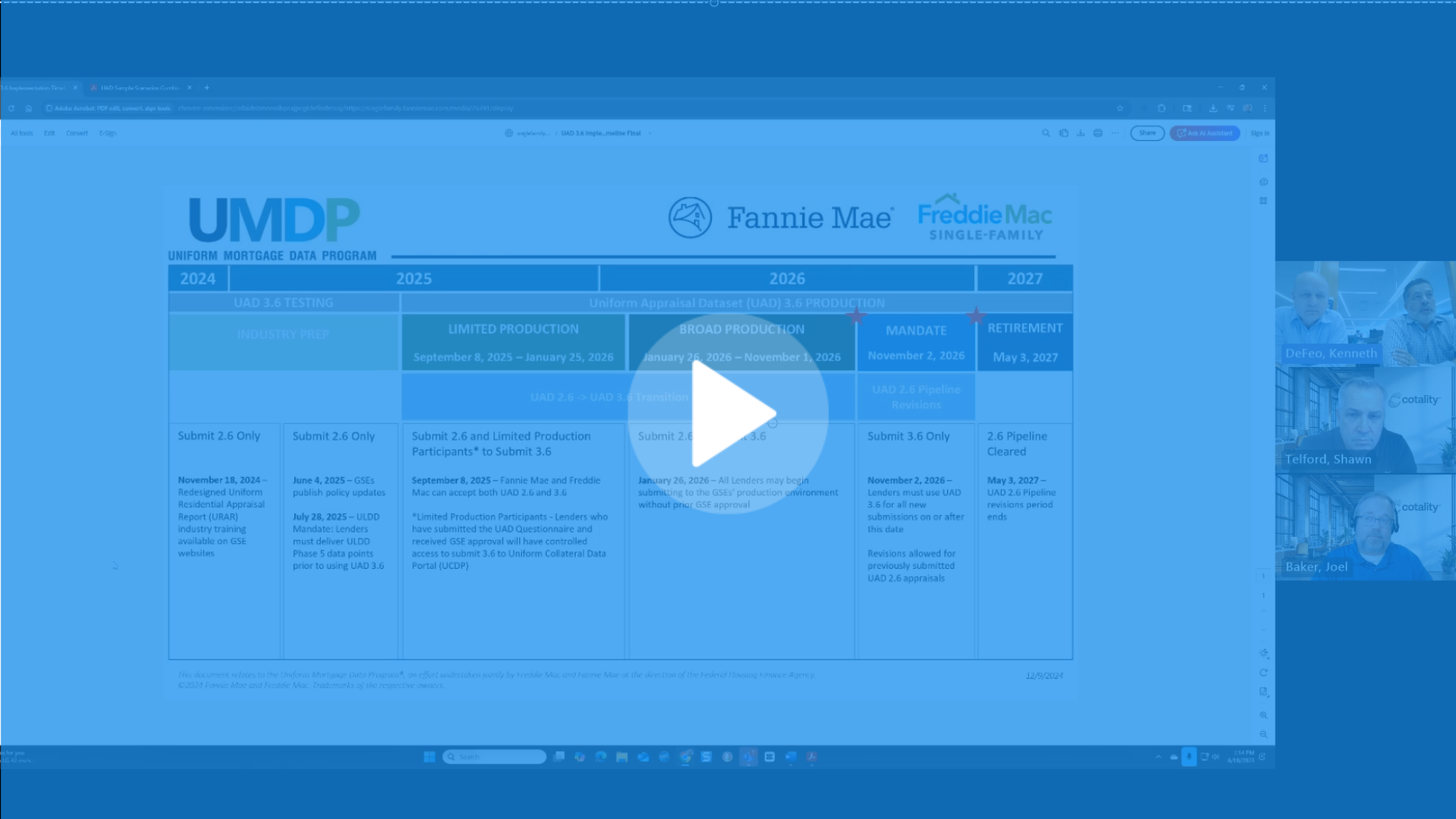
.png)
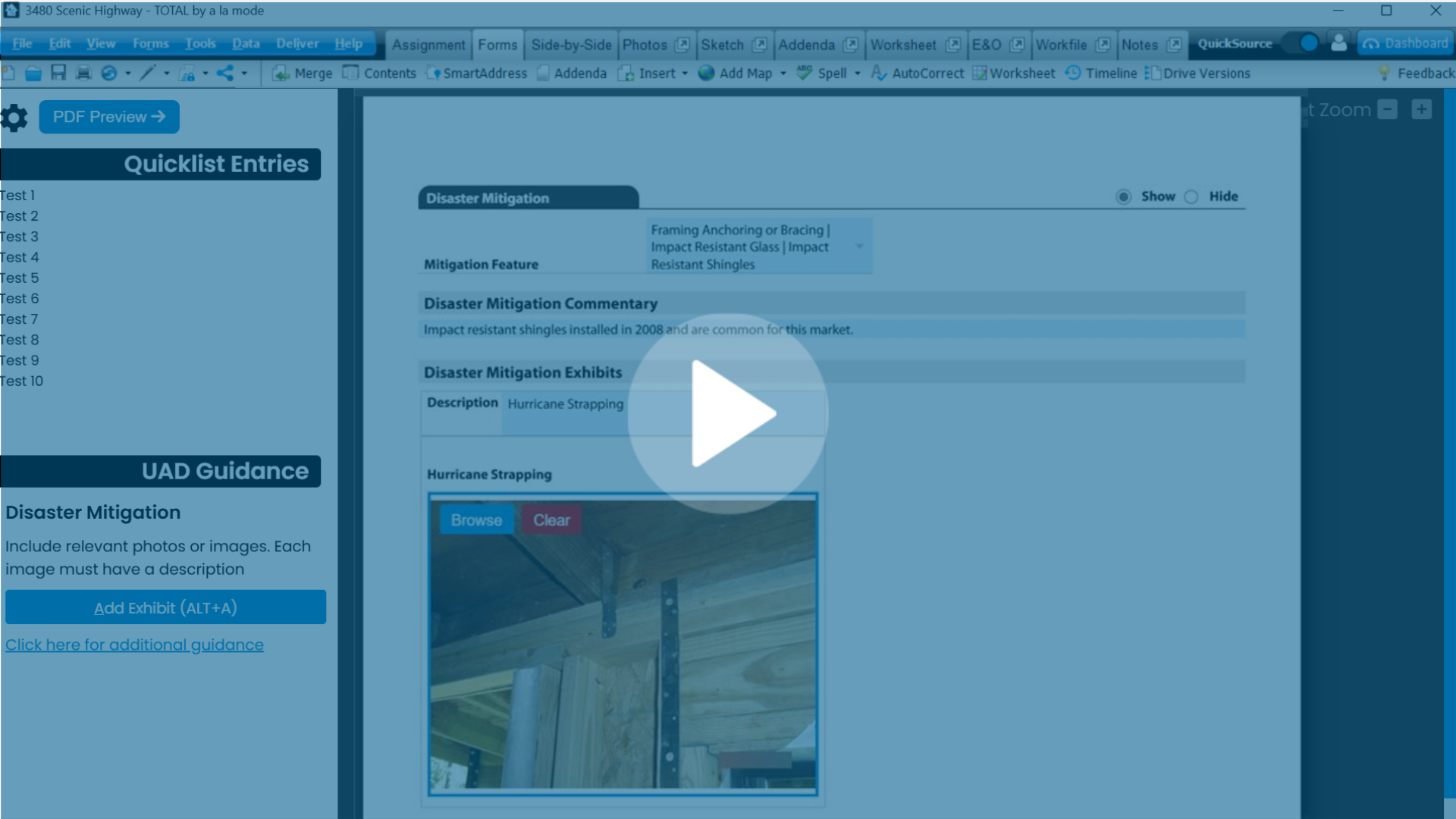
.png)
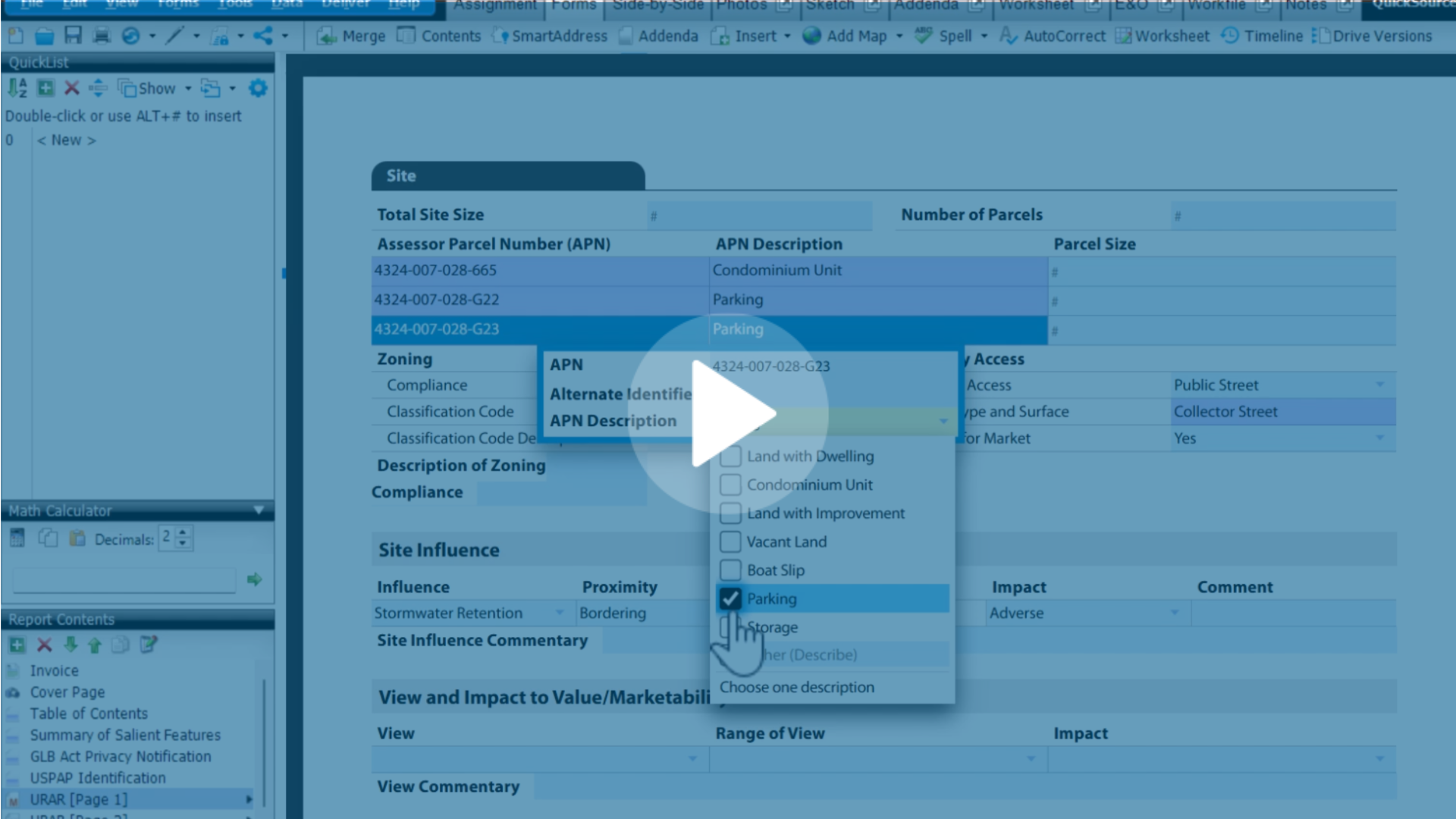
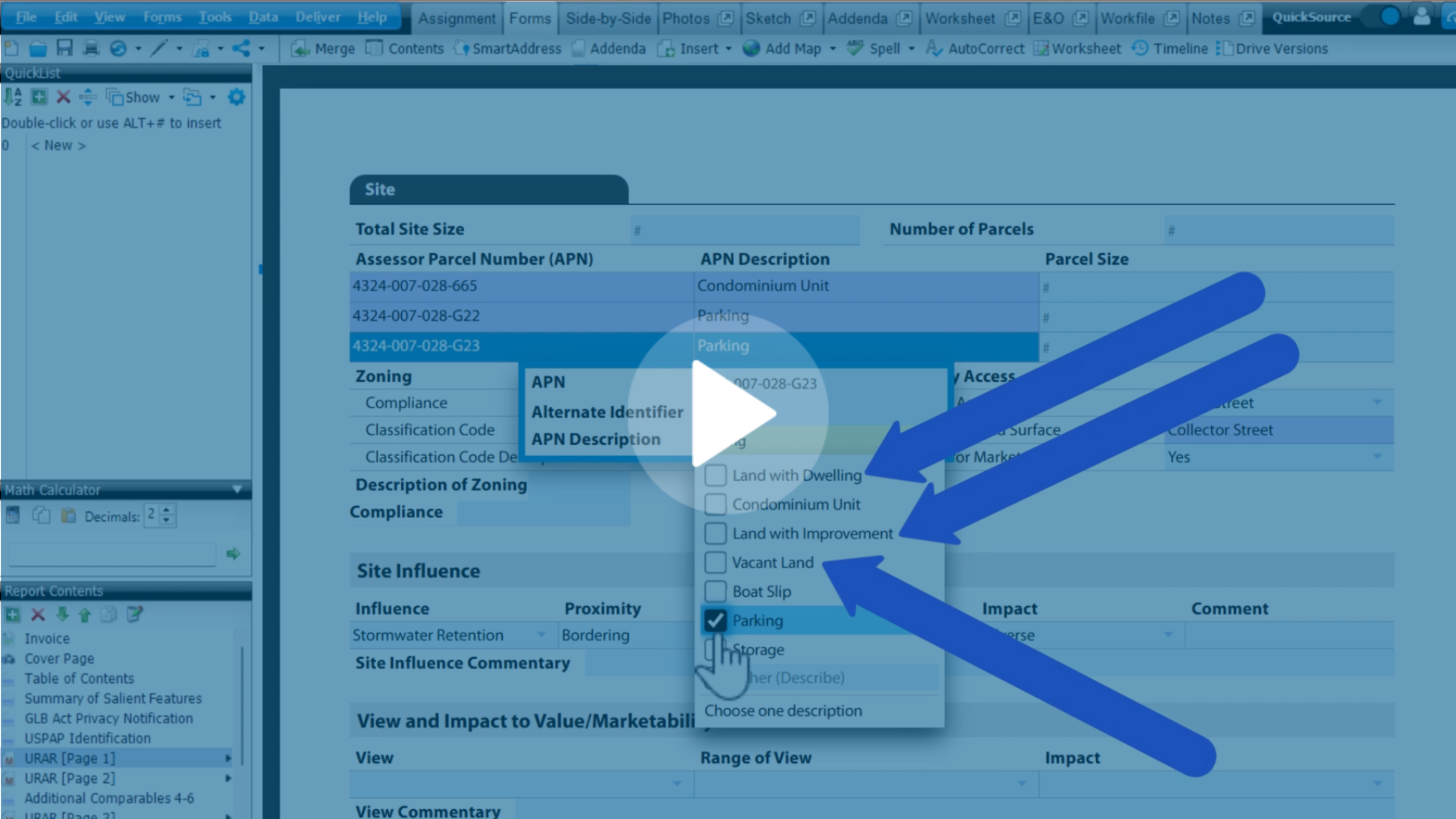
.png)
.png)
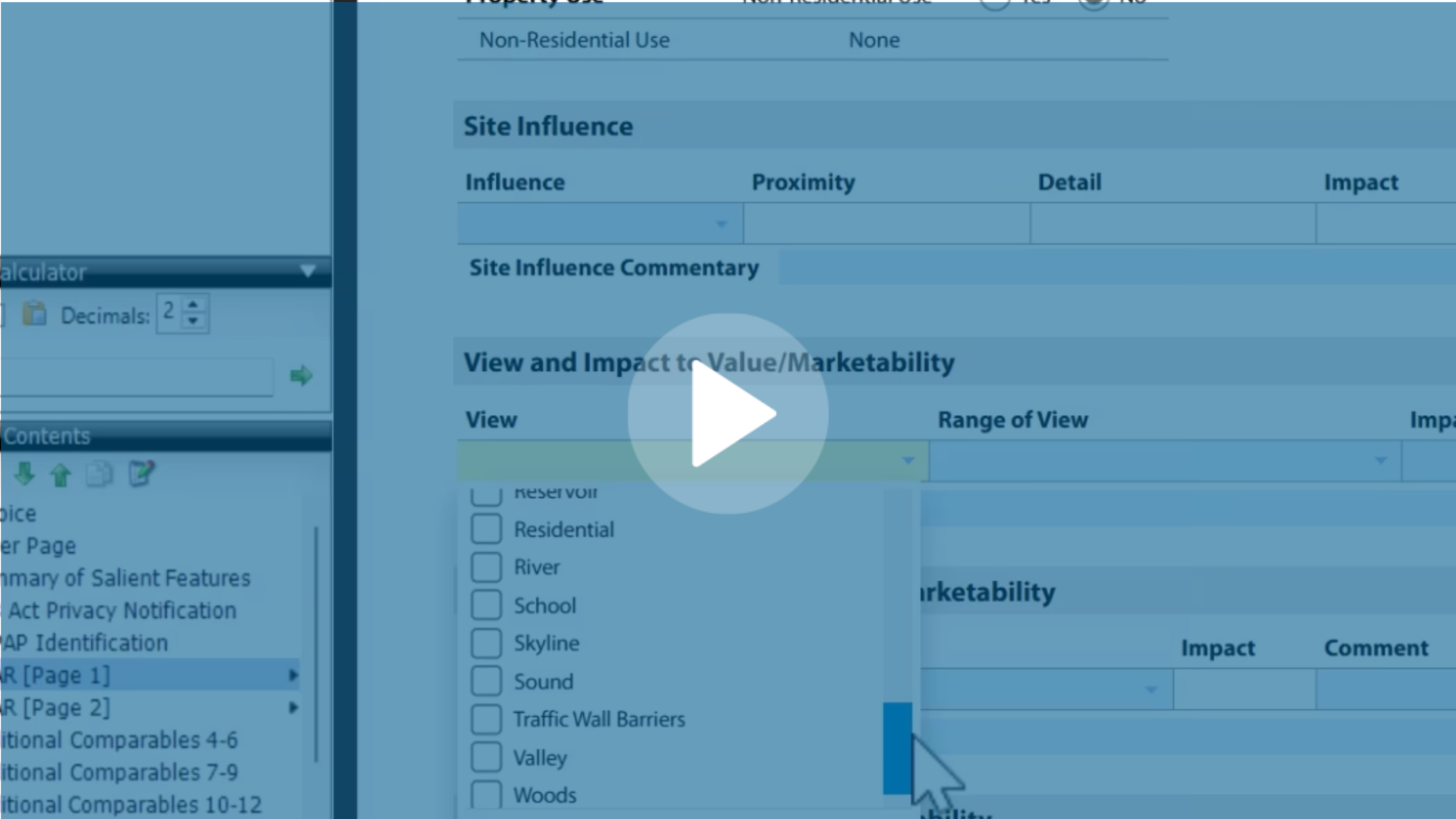
.jpg)
.png)
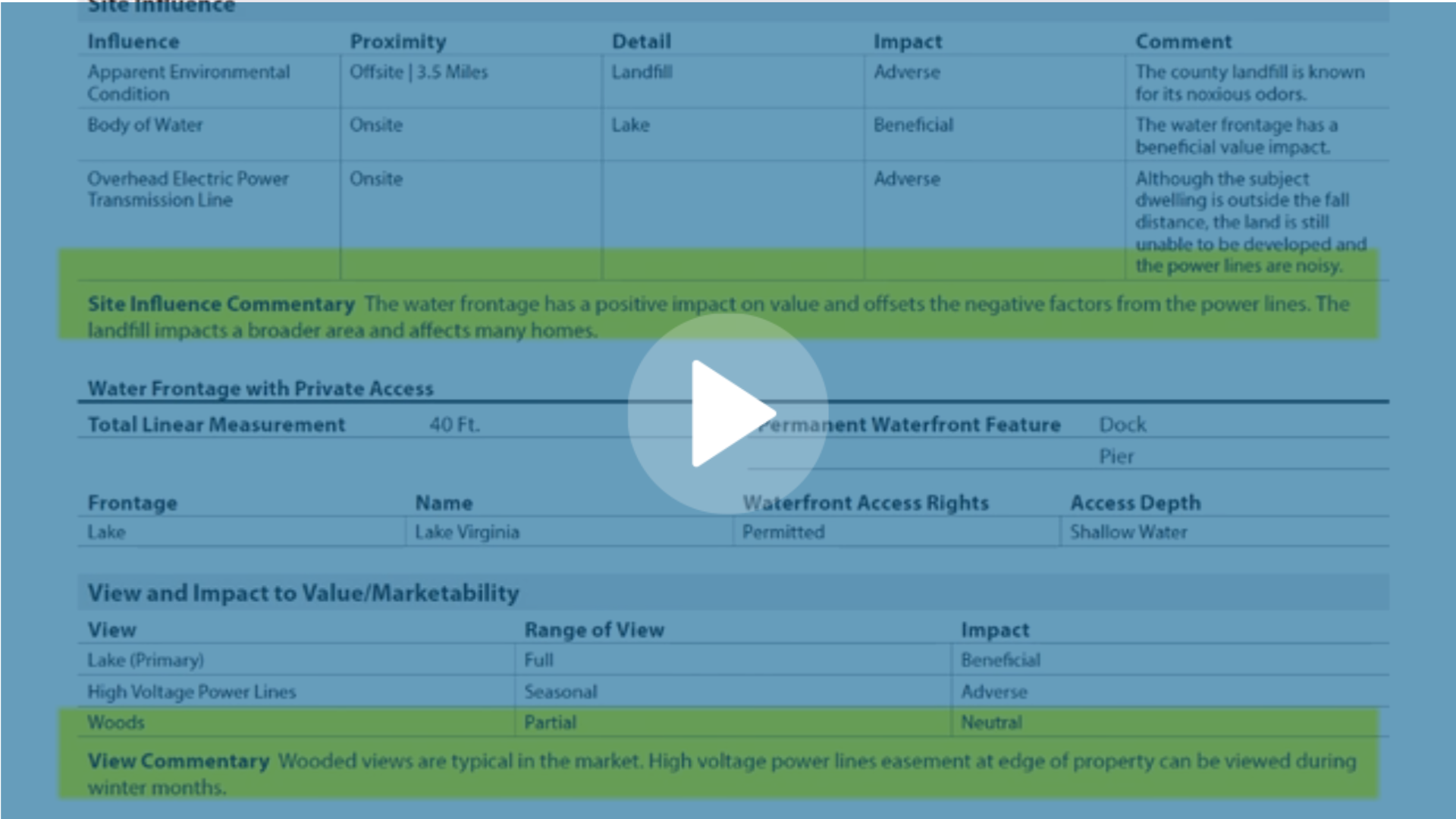
-1.png)



